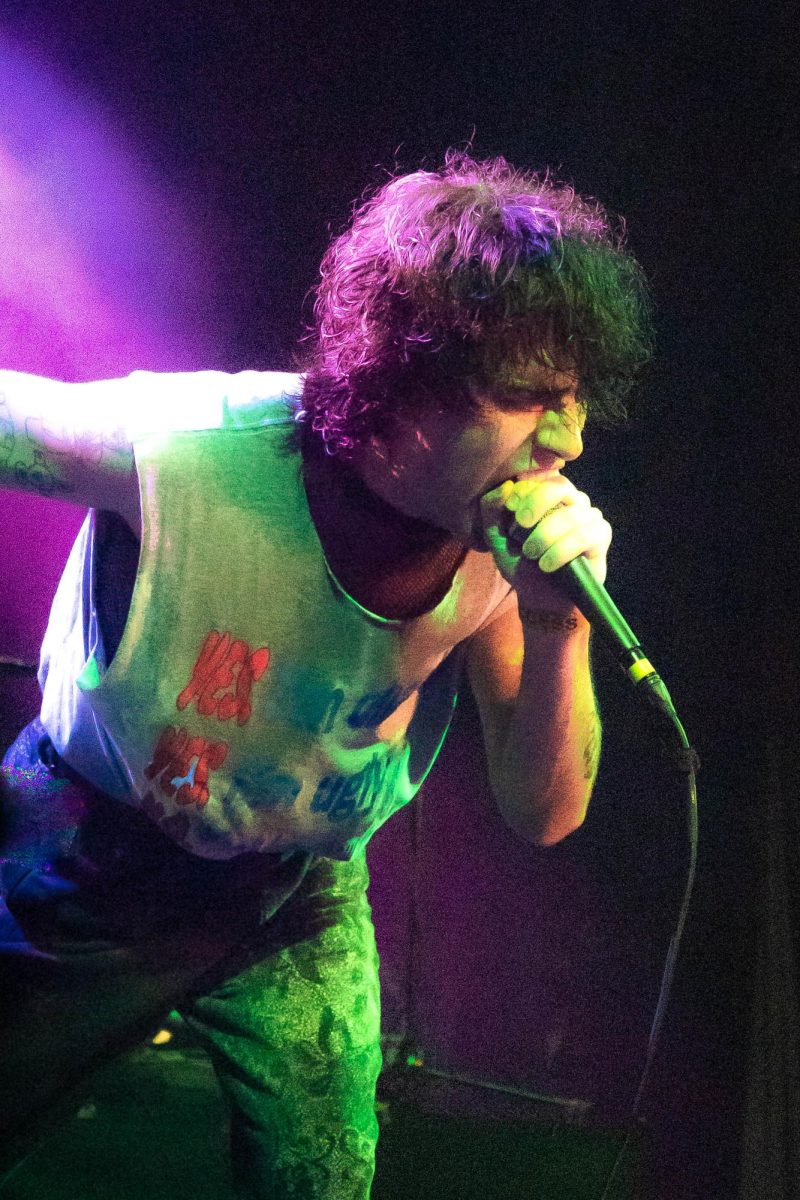
San Antonio has a proud heritage rooted in Hispanic Culture, celebrating Hispanic artists and creating a city where diversity is encouraged. So when the SA Current released a cover at the end of March featuring “San Antonio’s Badasses” eating enchiladas and pan dulce, with only one person of color — San Antonio’s current mayor, Ivy Taylor — many people were upset that this Hispanic background was forgotten.
San Antonio currently has a 46% Hispanic population, so why then did this year’s 2016 Contemporary Art Month’s Annual Perennial Exhibition (CAM), which pulls from San Antonio local artists, not include a single Hispanic artist in their exhibition. To exacerbate things, this exhibition is held every year at the Guadalupe Cultural Arts center downtown, a center that was built specifically to highlight the cultural contributions that local Hispanic artists make.
The Guadalupe Cultural Arts Center backed out of the perennial exhibition as a result of the lack of Latino representation this year, and executive director of the center, Jerry Ruiz, said they withdrew from hosting because the curator chosen for the exhibition did not fit with San Antonio’s goal of promoting the art and history of San Antonio. CAM’s only response was that they could not just apologize to Hispanic artists for not being chosen, and that said artists were chosen for their art, not their color. Perhaps this was true, and maybe there were not as many Hispanic admissions as they expected, in this case, there should be released a detailed explanation of how many people entered, how many of these infividuals were Hispanic or otherwise, and the criteria they had to meet in order to make the grade. It does not make sense that in a city with a rich Hispanic history and cultural background (as celebrated in the annual week of Fiesta) that there would not even be one Hispanic artist chosen for this exhibition.
A conversational panel was held at the Playhouse theatre in direct response to this scandal to address concerns about a lack of funding and representations of Latino/a artists in local art culture. Unfortunately, this panel left people with more questions than answers.
The Q&A session did not include a single Latina member on the panel, even though the CAM scandal is what brought everyone there. It was also light on both questions and answers, and no plan was offered to try to bring more diversity into the art scene of San Antonio. Instead, the panelists gave vague answers and said they would look at other cities in our same situation and do what they were doing.
San Antonio has been home to many “San Antonio Badasses,” including John Quiñones, star of the social experiment show, “What Would You Do?” on ABC, and Robert Rodriguez, who filmed movies such as “Spy Kids,” both “Machete” Films, and “El Mariachi.” He has also collaborated with Quentin Tarantino on productions, “From Dusk Till Dawn” and “Grindhouse.” And perhaps the most well known of all, United States Secretary of Housing and Urban Development and possible Clinton VP candidate, Julián Castro.
This is only a short list of Hispanics that have succeeded from San Antonio, making the Current’s front cover decision all the more confusing.
Hispanic artists and culture have made too much of a contribution to this city to be forgotten when setting up exhibitions or creating magazine covers celebrating it.
Although The SA Current, the Guadalupe Culture Arts Center and CAM have all released apologies for their actions, the fact that they had anything to apologize for in the first place has planted a seed of doubt in many people’s minds. Hopefully, moving forward, the arts community can create a space for a more diverse group of artists so that people of different backgrounds have a place to express themselves as openly and with equal weight as anyone else.











